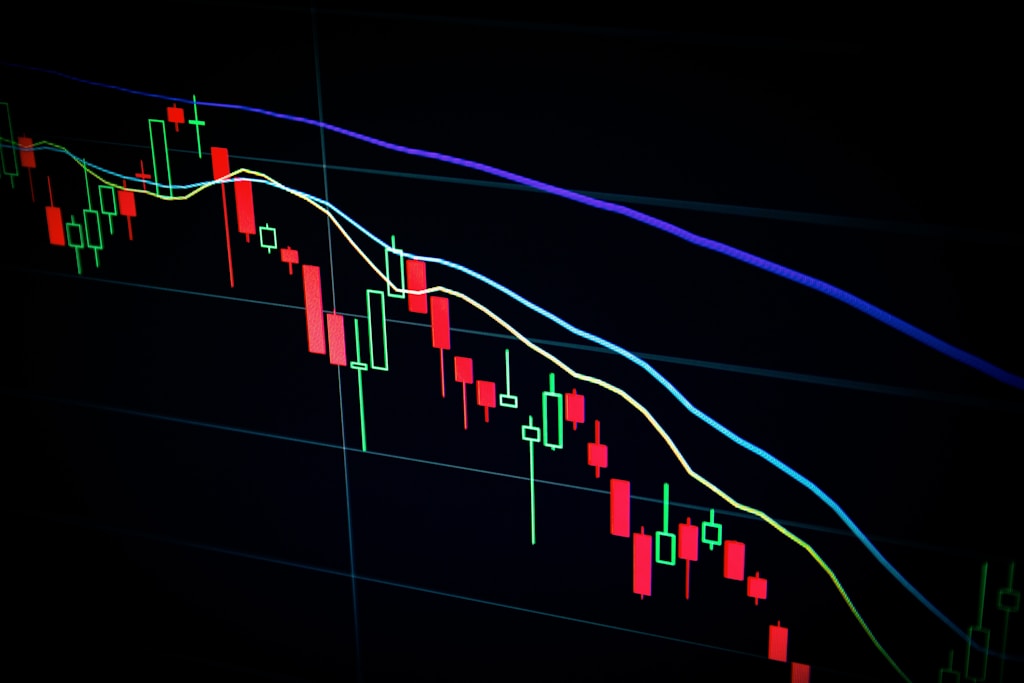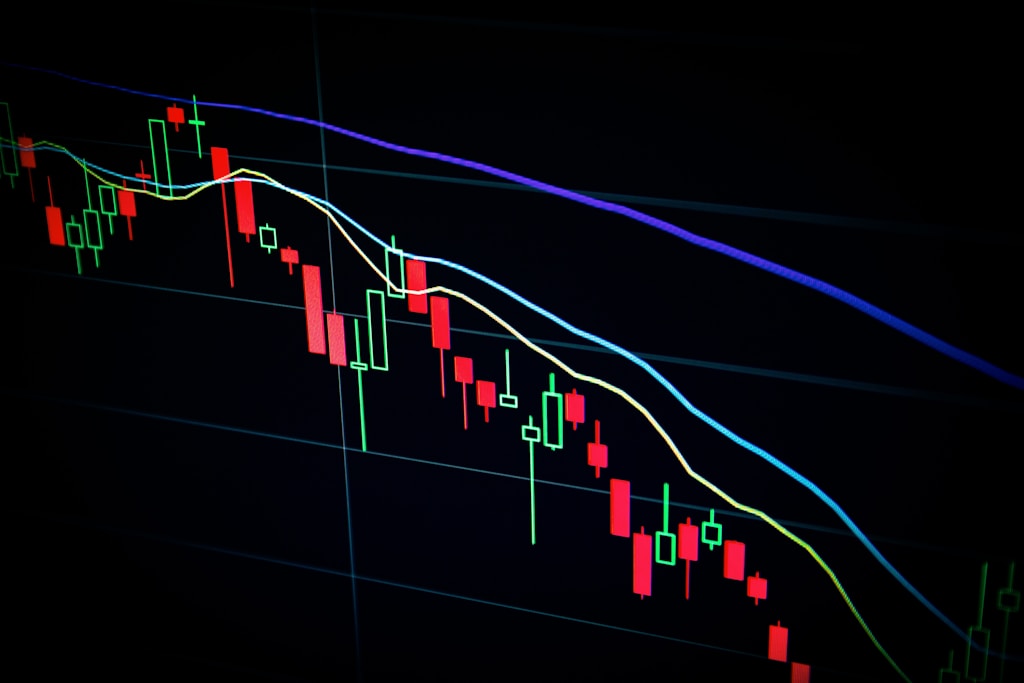Elon Musk has officially addressed speculation surrounding Dogecoin’s potential involvement with the Department of Government Efficiency (D.O.G.E.), leading to a 3.8% price decline in the popular meme cryptocurrency. This development comes as technical analysts were previously tracking positive RSI patterns in DOGE.
Key Takeaways:
- Musk confirms no connection between Dogecoin and government efficiency initiative
- DOGE price drops 3.8% following the clarification
- Broader crypto market shows similar downward movement
Musk’s Official Statement
Speaking at an America PAC event in Green Bay, Wisconsin on March 30, 2025, Musk emphasized that the similarity between Dogecoin and the Department of Government Efficiency (D.O.G.E.) was purely coincidental. He explained that the department’s name evolved from the initially proposed ‘Government Efficiency Commission’ based on public feedback.
“There are no plans for the government to use Dogecoin or anything like that as far as I know,” Musk stated definitively.
Market Impact Analysis
The cryptocurrency market responded to Musk’s clarification with a broader selloff:
- Dogecoin: -3.8%
- Bitcoin: -3.0%
- Ethereum: -4.0%
- Ripple: -3.0%
Expert Analysis
Cryptocurrency analysts suggest that while the D.O.G.E. rumors may have contributed to recent price movements, fundamental market factors remain the primary drivers. The current price action appears to be part of a natural market correction rather than a direct response to Musk’s statements.
Looking Ahead
Despite the short-term price decline, technical indicators suggest strong support levels remain intact. Traders are advised to monitor key resistance levels and broader market sentiment for potential recovery signals.
FAQ
Will this affect Dogecoin’s long-term value?
Analysts suggest the impact will likely be temporary, with fundamental factors driving long-term value.
Is there any possibility of future government adoption?
While currently denied, cryptocurrency adoption in government sectors remains an evolving situation.
How does this compare to previous Musk-related Dogecoin events?
Historical data shows Musk’s statements typically cause short-term volatility but rarely impact long-term trends.







